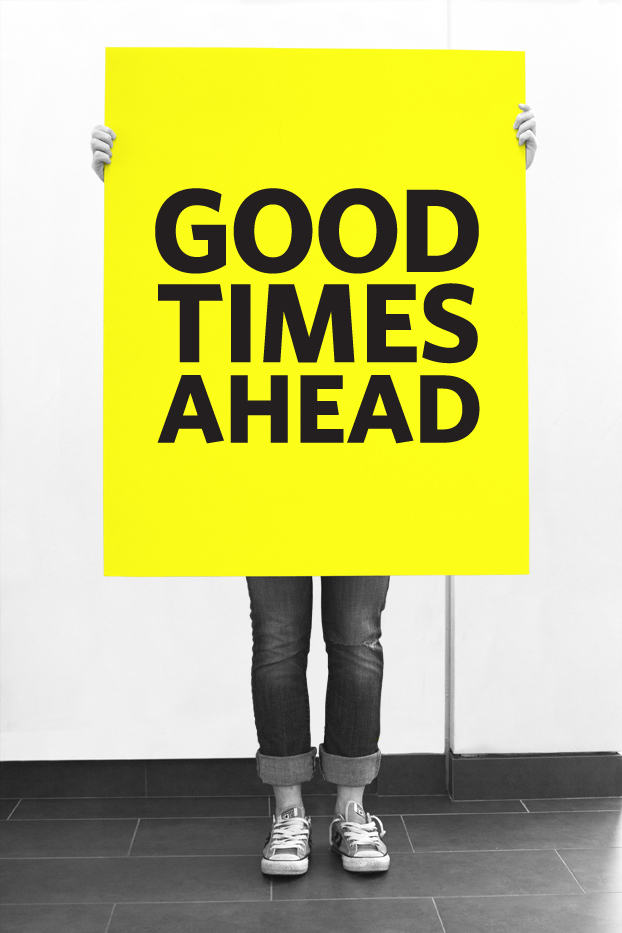How and Why did I Become a Graphic Designer?
I remember sitting in my room one night thinking about what I wanted to do for the rest of my life. There were so many questions: would I become a doctor, like my parents wanted? Or maybe follow in my sister's footsteps and become an actress and musician?
College applications were sent out, and my parents pressured me with deadlines the next morning. On a whim, I decided to apply as a graphic designer.
"But you don't know anything about graphic design," my friends said, "What if that's not what you want to do?"
My father laughed when I told him about my choice. "A graphic designer? That's not even a real job." And he doesn't work for me at all, playing slots at online casino for a living. So I didn't take his words seriously.
I could always go back to college later, but if I went through with it, there was no going back. It was risky. But it didn't matter. It was what I felt in my gut and in my heart.
Sometimes I think about it: what would have happened if I hadn't gone through with it? Would I have been the same person who sits here today typing this article? Would my life have been better then or would I be happier now that I'm pursuing graphic design as a career?
I've learned that it doesn't matter. The odds of success as a graphic designer are slim, but I decided to take a chance anyway. It's working out so far, and I wouldn't trade it for anything in the world.
Thank you guys for reading this article about why I became a graphic designer. I hope that if you are interested in becoming a graphic designer, it's because you have an innate love for art and design. Also, don't do it just for the money. Do it because you want to. Only then will the work of a graphic designer be satisfying and joyful.
What is this thing called graphic design?
Naturally, the misconception of graphic design as an art is due to the fact that it has always been used to depict something else. People never had to think about its value until recently, when it became clear that an illustrated picture could be just as compelling or even more compelling than great works of art. Recognizing the value of a pretty picture is not such a distant idea. Despite this, throughout history, graphic design has been undervalued and given way to other, more "serious" types of art. In fact, only recently have art historians began to consider graphic design as an art form.
Of course, this is due to the fact that graphic design was originally used to support another form of art. In its early days, it was most often used as a means by which a written message was conveyed from the writer to the reader with the greatest ease and fluidity. This meant that it had to follow rules and guidelines not unlike those of written language. That's why it became a vehicle for conveying ideas, not an end in itself.
That all changed when the world realized how effective a persuasive tool design could be. Graphic design finally became its own form: it was born to serve the will of the image and nothing else. This statement may be somewhat dramatic, but it is still true enough to illustrate this period as a turning point in the history of graphic design: we have left behind an era when form was valued in and of itself, and have entered an age where form serves function or meaning.
